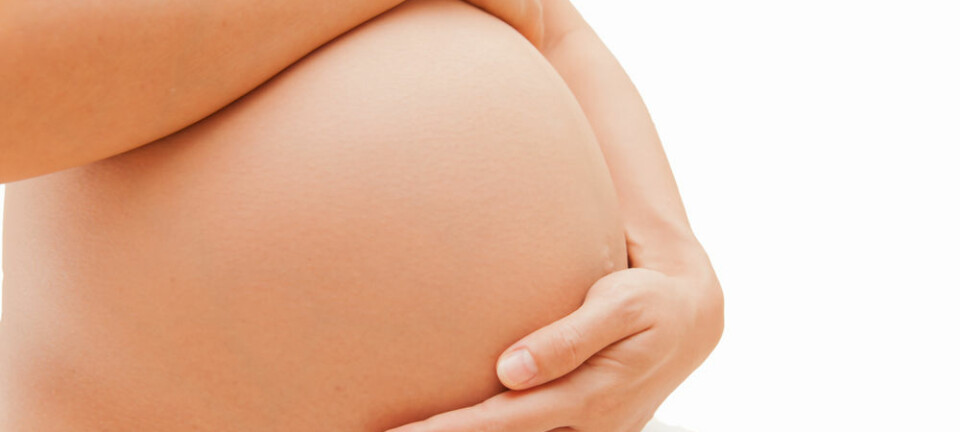
Pollution can increase the risk of stillbirths
Living in a heavily polluted area can increase the risk of stillbirths, shows new study.
Pregnant women who live in highly polluted cities are more likely to have a stillbirth than pregnant women who breathe cleaner air.
This is one of the conclusions of a new meta study of previously published data related to stillbirths and outdoor air pollution.
“A developing foetus is very sensitive to the toxic substances that the mother is exposed to during pregnancy. We know that air pollution is extremely harmful. There is sufficient evidence that it is carcinogenic," says Professor Lisbeth Knudsen from the Institute of Public Health, University of Copenhagen, Denmark, who was not involved in the new study.
"This new study is by the book, and the result is frightening because stillbirths are the most tragic outcome of pregnancy," says Knudsen.
The results are published in the scientific journal Occupational Medicine & Envirommental.
Increased risk due to pollution
In the new study, scientists from University of Oulu, Finland, examined the results of 13 published studies of outside air pollution and stillbirths. In particular, they focussed on three studies from Asia and the US, whose results were most comparable with one another.
The scientists found that women who live in an area with a high concentration of fine airborne particulates have an increased risk of stillbirth. Fine particulates are so small that they are easily inhaled and come predominantly from combustion processes, for example car exhausts.
The risk of stillbirth went up by two per cent for every four milligrams per cubic metre of fine particulates in the air. The risk is especially high during the third trimester.
Exposure to other exhaust pollutants--such as nitrogen, carbon monoxide, large particulates, and ozone--was also linked to an increased risk of stillbirth.
The results should be interpreted with caution
Marie Pedersen, an associate professor at the Centre for Epidemiology and screening at the University of Copenhagen, Denmark, has published extensively on the subject and recommends exercising caution with the new results, as some of the studies that it is based on are of ‘variable quality.’
Her own research has drawn links between car exhaust exposure and DNA-mutations, high blood pressure in the unborn child, and underweight new-borns. But she is not convinced that this new study has enough evidence to draw a solid link between fume exposure and stillbirth.
“The new results are associated with uncertainty, because the scientists weren’t able to measure air pollution exactly where the women live,” says Pedersen.
“They’ve used measuring stations, which measure the air pollution in a large area, for example for the whole neighbourhood. So they haven’t taken account of the differences in air pollution in various parts of the town,” she says.
Other factors could have damaged the foetus
Neither did the scientists behind the individual studies take this into account or investigate other aspects of the women’s life that could have increased the risk of stillbirth.
For example they did not assess the women’s working conditions, alcohol use, or weight.
But the research is still useful, says Pedersen.
“It’s a very important study. We still know so little about the causes of stillbirths,” she says.
-------------
Read the Danish version of this article on Videnskab.dk
Translated by: Catherine Jex
Scientific links
- "Prenatal ambient air pollution exposure and the risk of stillbirth: systematic review and meta-analysis of the empirical evidence", Occupational & Environmental Medicine (2016), doi:10.1136
- "Is it still important to study if ambient air pollution triggers stillbirth?" Occupational & Environmental Medicine (2016), doi:10.1136









